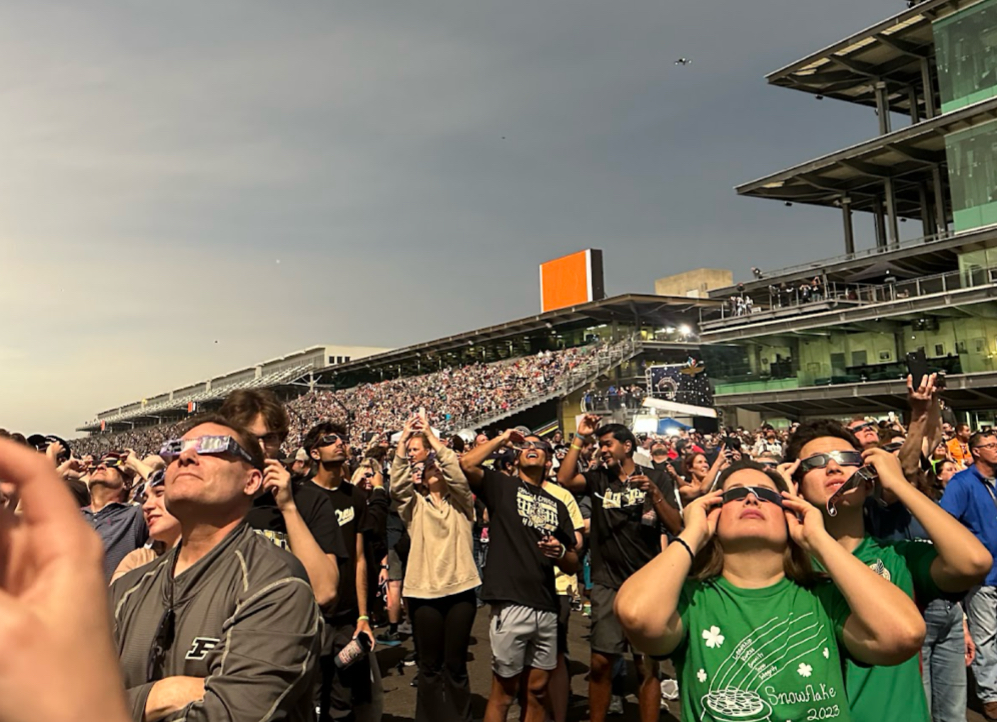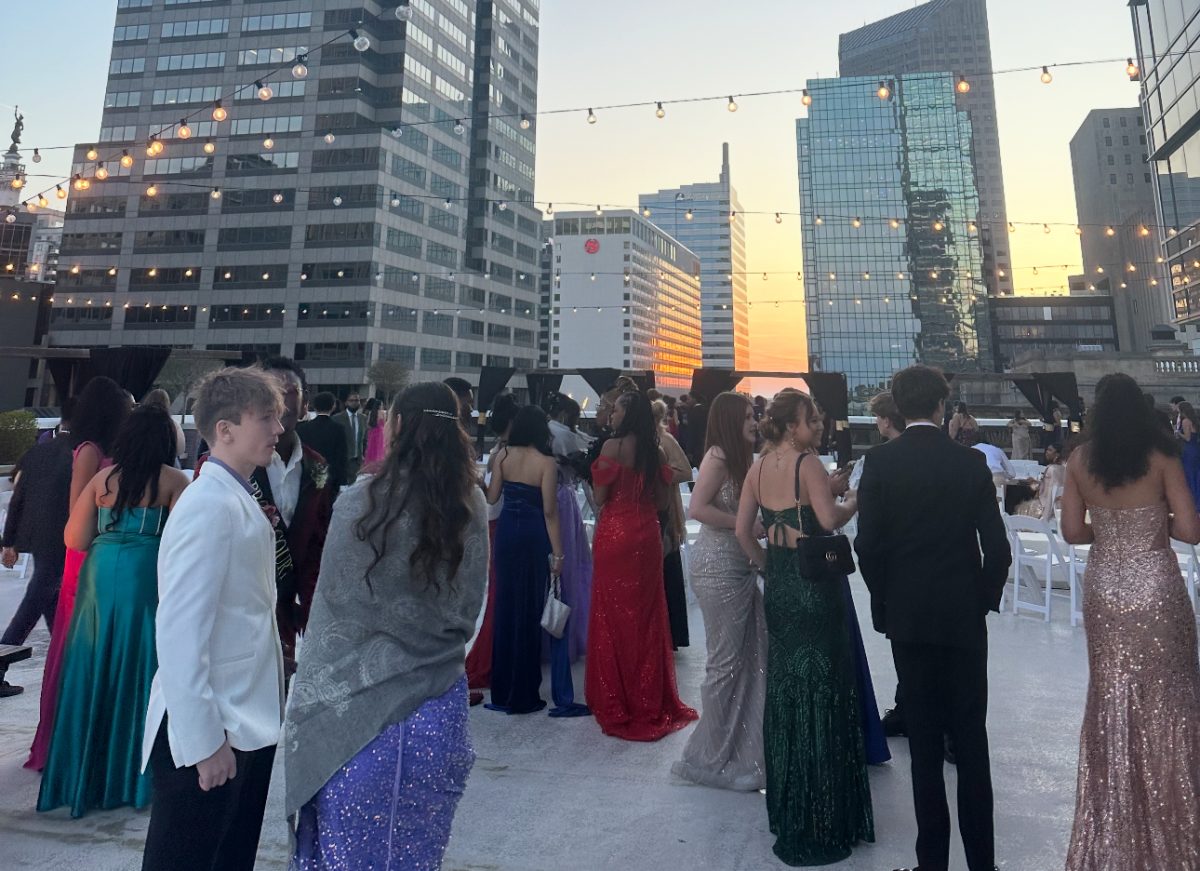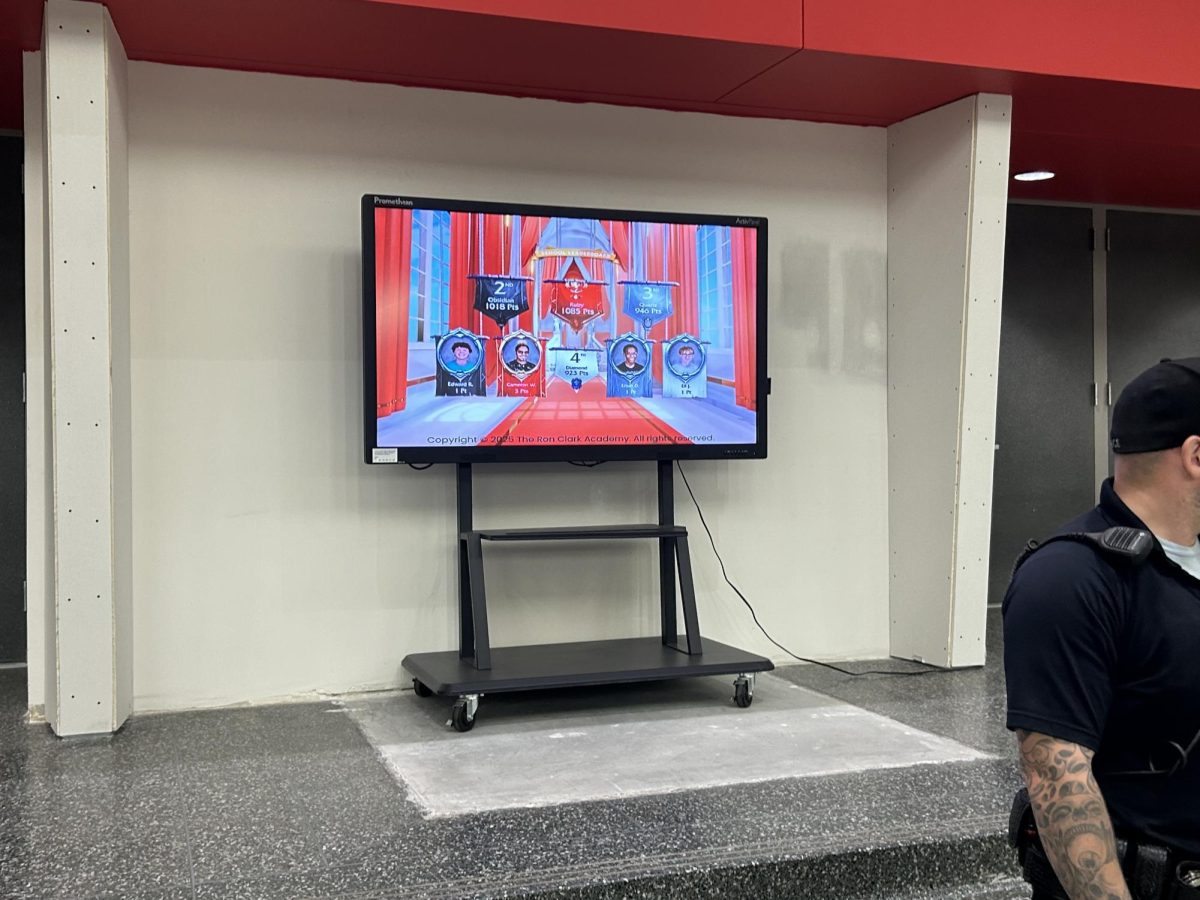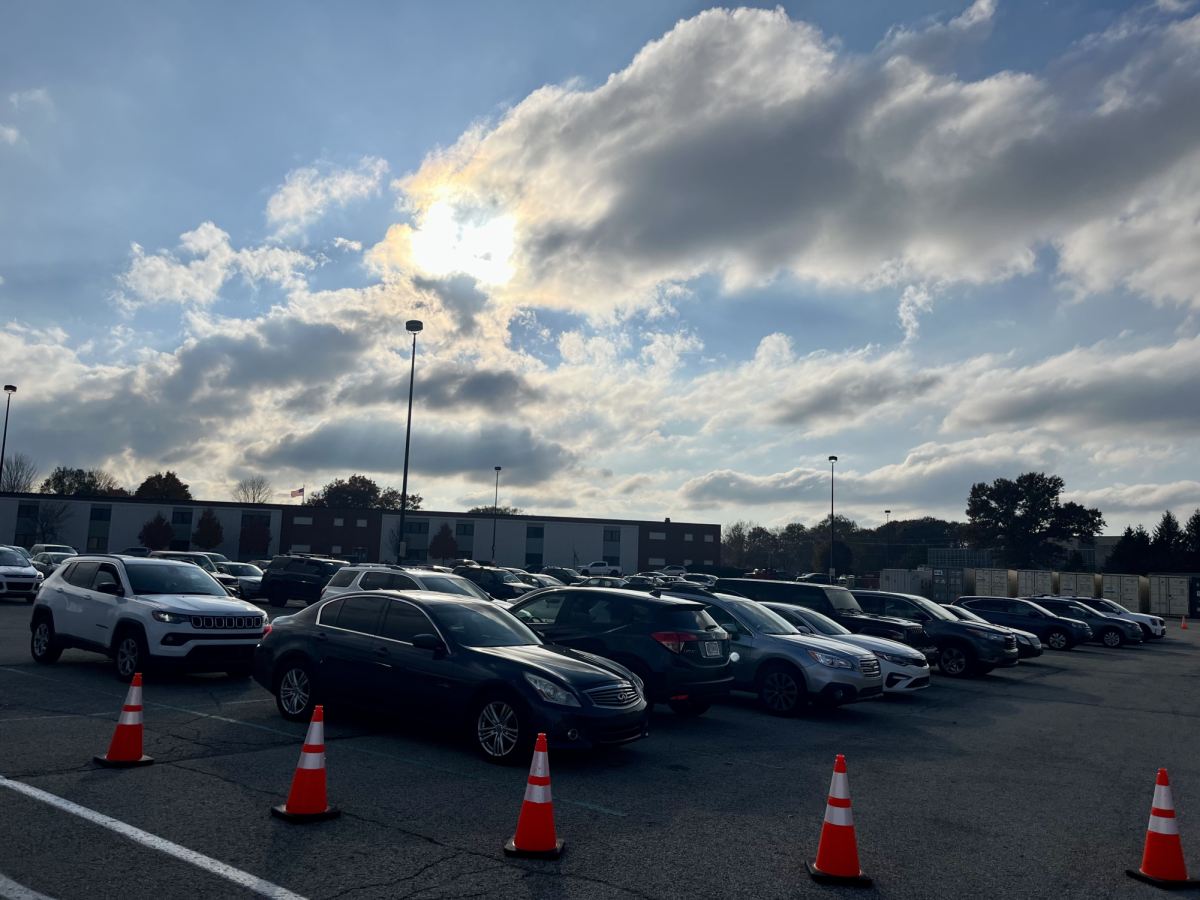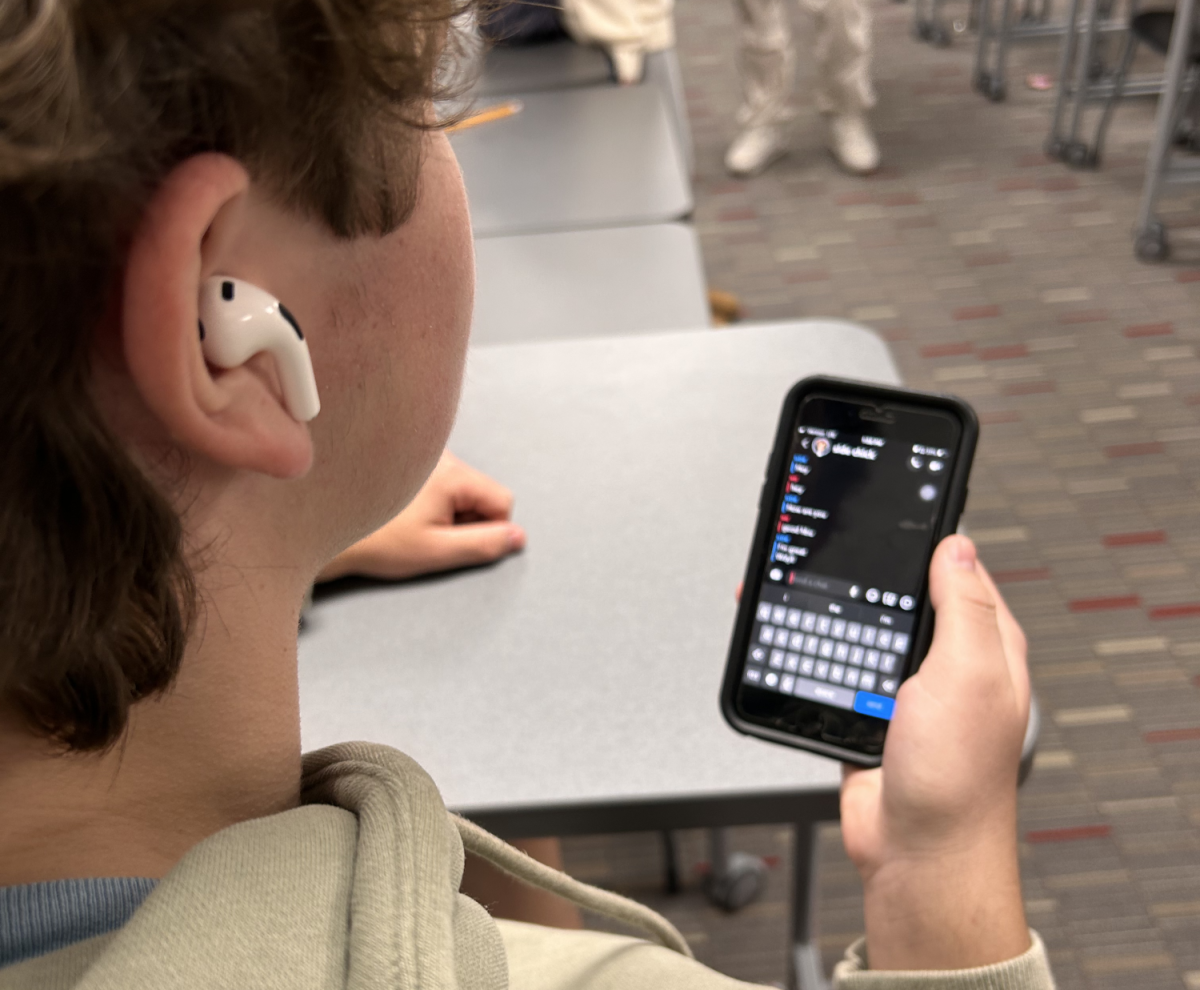The ban on TikTok hits high schoolers hard. It’s like taking away their favorite hangout spot and a big part of their social life. For many teens, TikTok is where they chat with friends, share jokes and get creative with short videos.
But it’s not just about fun. TikTok has become a playground for students, business owners and even your everyday normal person. Students use it to share news, entertainment and raise awareness about issues that matter to them.
By banning TikTok, it’s like shutting down a training ground for our future people in business.
And let’s not forget about the digital divide. Not all students have access to other platforms or resources. For some, TikTok is their main way of connecting to the Internet and learning about the world.
With TikTok gone, these students are left out of the loop, unable to participate in the conversations happening online.
But there’s more to it than just losing a social media app. TikTok is a place where high schoolers can find their voice and express themselves freely. It gave them a platform to showcase their talents, whether it’s singing, dancing or sharing funny skits.
Now, without TikTok, many students feel like they are losing an important outlet for creativity and self-expression.
“I feel like a lot of people would have an issue with TikTok being banned because of how much it is used,” senior John Churchman said, “It creates a lot of opportunities for everybody around the U.S. and plays a huge role in social trends around the country.”
There might be benefits to the ban, as the app is addicting and time-consuming.
“I would say I spend around one or two hours on TikTok every day. The scrolling feature keeps you glued in,” Churchman said.
In short, the TikTok ban isn’t just a buzzkill for high schoolers’ social lives. It’s also a blow to their opportunities to express themselves, stay informed and connect with others.
As budding journalists, we need to think about how this ban affects young people and speak up for their right to access and engage with the digital world. It’s not just about TikTok; it’s about ensuring that all students have the chance to participate in the online community and have their voices heard.


